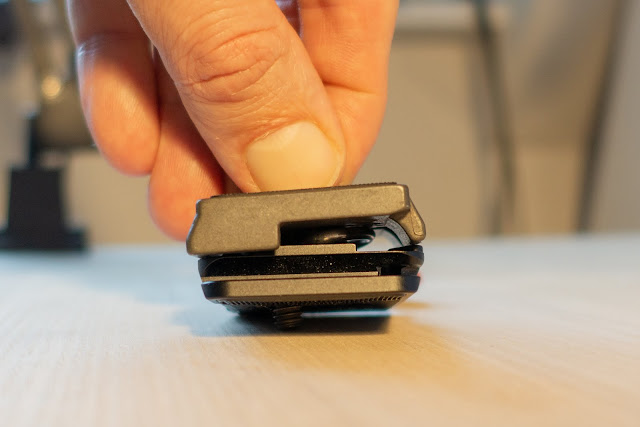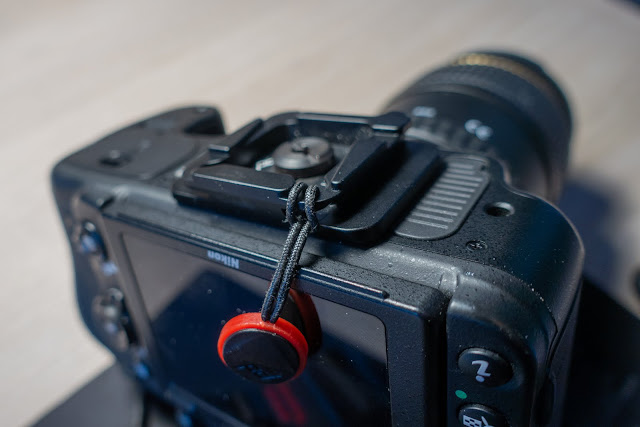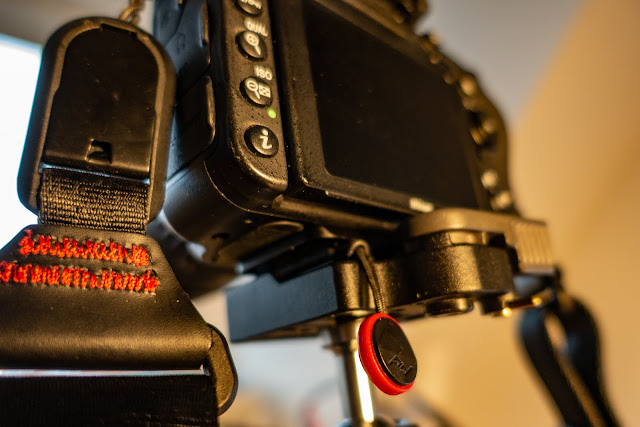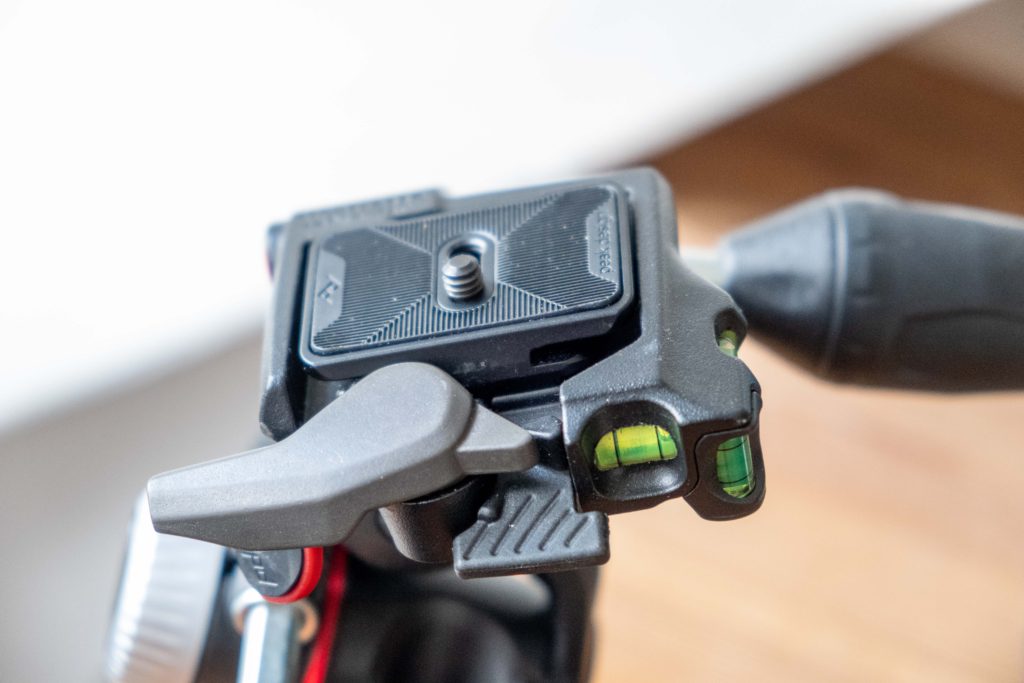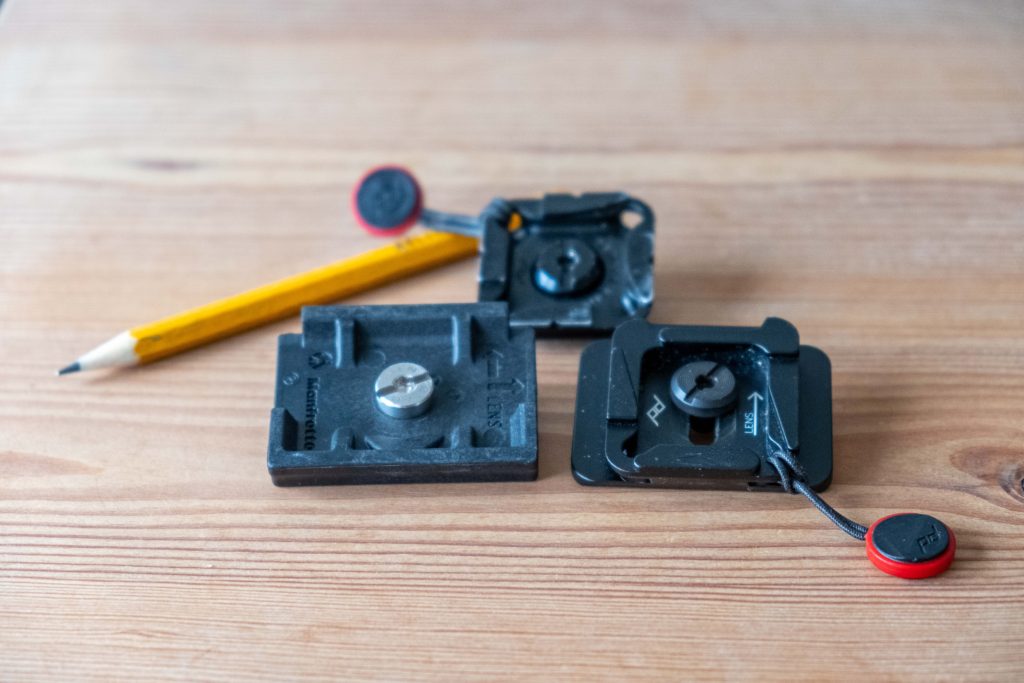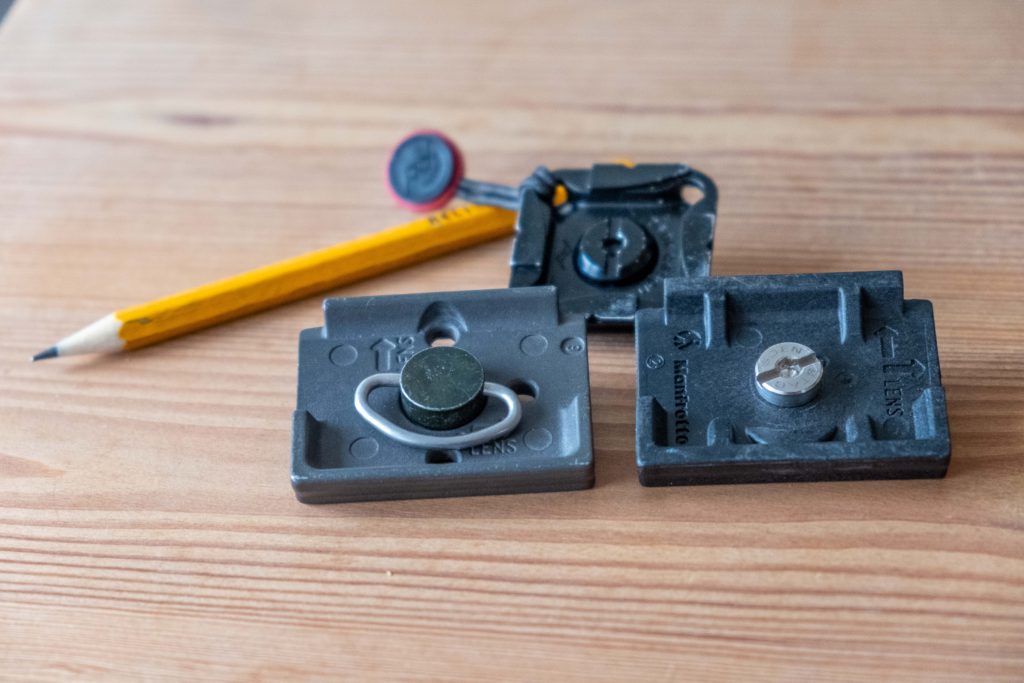A shift from DSLR to mirrorless
Anyone who spends 2 minutes studying global sales of photo cameras will quickly notice 2 trends:
- The total sale of camera systems with interchangeable lenses is dropping like a stone
- The sale of camera systems is switching from DSLR to mirrorless
So is this important to you and what you decide to buy as a consumer here in 2020? Well, yes and no.
The dramatic drop in sales of camera systems is mirrored by a equally dramatic increase in the sale of smartphones with better and better cameras. Some smartphones today come with sensors that have more megapixels than entry level system cameras, and with added clip on lenses from Ollo-clip and Moments, the smartphones pose a serious alternative to many entry level system cameras. And I guess that no-one wants to invest in yesterdays technology unless it is done very deliberately – like buying a LP player these days. My guess is that within a few years, the DSLRs will be viewed somewhat like the same way a LP record and a film camera is seen today – there is definitely a market, but more niche than mainstream. But, please remember, that the stock of DSLRs out there is huge, and that the mirror-less only have 1-2% of the total stock of cameras out there. That is also why you continue to see companies like Nikon pushing out new DSLRs like the D780, simply because it still has some advantages over mirror-less (battery life, ruggedness, OVF).
Why is your smartphone your camera?
There are probably a number of reasons why so many of us have the smartphone as the main camera:
- Most consumers do not have a need for a better camera than what the smartphone offers
- The cameras in smartphones get better and better, not only in terms of specs like megapixels, but also low light performance, electronic zoom, stabilization, panorama, SOME integration, etc
- The camera is always with you as your smartphone is also your:
- newspaper,
- game machine,
- alarm clock,
- watch,
- wallet,
- notebook,
- bank, etc. In other words, you do not leave home without your smartphone
- Your smartphone is small and compact
- It is difficult to get a smartphone without a camera these days; it is part of the package deal
So even if you are consider to go very serious with your photography and you are willing to invest in your hobby, you may find that a very good starting point is your smartphone – especially in combination with click on lenses. However, be aware that the lenses may not be transferable should you later upgrade your phone. I switched from iPhone 7 to X, and my Ollo-clip lenses could not follow.
What if you want to go further?
If you decide that you want to go for a system camera, then there are two main paths you can follow: DSLR or mirror-less.
A DSLR camera has a mechanical viewfinder, where a mirror shows you what will be in the frame when you hit the shutter release, and when you do, the mirror flicks away to lead the light to the sensor. A mirror-less camera has no mirror, and is typically much more compact than a DSLR as the room for the mirror is no longer necessary. The DSLR to a large extend works the same way as the old film cameras, where the light hit a roll of film rather than a sensor. So first when the mirror-less camera came around, the moving parts in the inside of the camera were no longer necessary.
Camera manufacturers have spotted that the market is moving away from DSLRs to mirror less, so they try to get the best out of the DSLR lineup they have without investing too much. Recently the two big old players Nikon and Cannon have released mirror-less cameras, and it is difficult to assess how much they will continue to invest in the DSLR product lineup. However, this means that you today can get a DSLR camera for a fraction of what it was some years back. In other words, you can make a great deal if you are willing to invest in a receding technology. A good DSLR will give you 500t actuation’s or more, and that will cover most consumers needs for a considerable number of years.
The mirror-less camera has some advantages over DSLRs, as it can give you much more precise feedback in the viewfinder as to what the picture will look like, i.e. exposed correctly, in level, etc. It also gives you some aid for manual focus lenses (focus peak) that the DSLR cannot offer unless you shoot using the back screen LCD only. So if you use lenses with manual focus on a mirror-less, then it is much easier to get sharp pictures than with a DSLR.
Why should you care for manual focus? Well, wise men say that the quality of the pictures first and foremost is dictated by the quality of the glass in the lens. The large players like Nikon, Pentax and Canon have produced lenses for 60+ years, so there is plenty of vintage lenses to choose from. These vintage lenses can often be found at a fraction of the cost of a new lens. But of course without the comfort of auto focus and good coating to keep flare at bay. But if you shoot subjects where auto focus is not an issue, then you can get super glass at a bargain. And you are no longer tied to a specific producer – you can put Nikon glass on a Sony body, etc. It now gives you a lot of freedom, where you previously were locked in – Nikon body = Nikon glass. This is no longer the case.
So what should you do?
I would suggest that you first and foremost try to see how you like photography, using your smartphone only. If you find you don’t care for photography, then all you have wasted is your time and not your budget. If you still insist to invest, I would give a clip on lens a try and see how that works for you.
Should you still have appetite for a system camera, I would serious consider starting with a mirror-less. Only if you don’t mind the more bulky, loud and heavy DSLRs, then this could be right for you in order to save money. Buy used if you don’t mind – even if you buy from your local photo shop you can save a lot of money. Further, the advantage of an “authorized” dealer is that you know where to go back and complaint if not all is to your liking. That is more cumbersome if bought on the net.
Finally, irrespective of your choice of DSLR or mirror-less, the next question that comes up is the size of the sensor: APS-C or Full frame (FF). That is a good question. In my own experience, the APS-C cameras have come very close to the FF cameras so I would not put too much emphasis on this part. However, if you have always wanted to go for full frame, give it a try with a borrowed camera and see if you notice the difference. It would be silly to go for a FF camera and invest in heavier glass etc, only to find that the difference is negligible. My own experience is that only for landscape photography I have noticed a difference between APS-C and FF – for product shoots and portraits I see no difference at all. But don’t take my words for it – I recommend that you try to borrow or rent a FF and see what you make of it.
Questions and comments
Hope you found this useful. Please don’t hesitate to leave a comment below. All the best.



